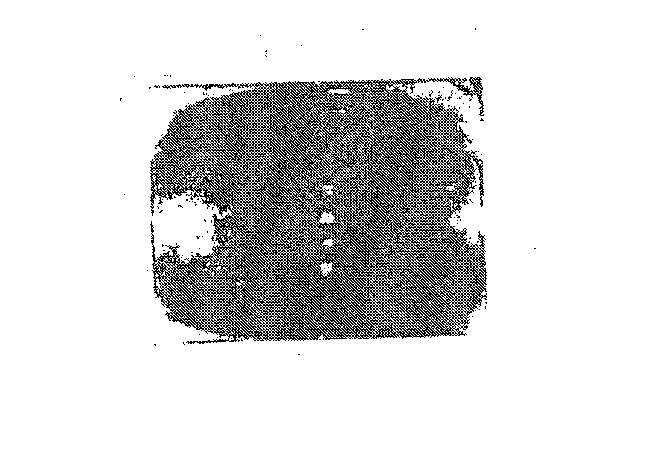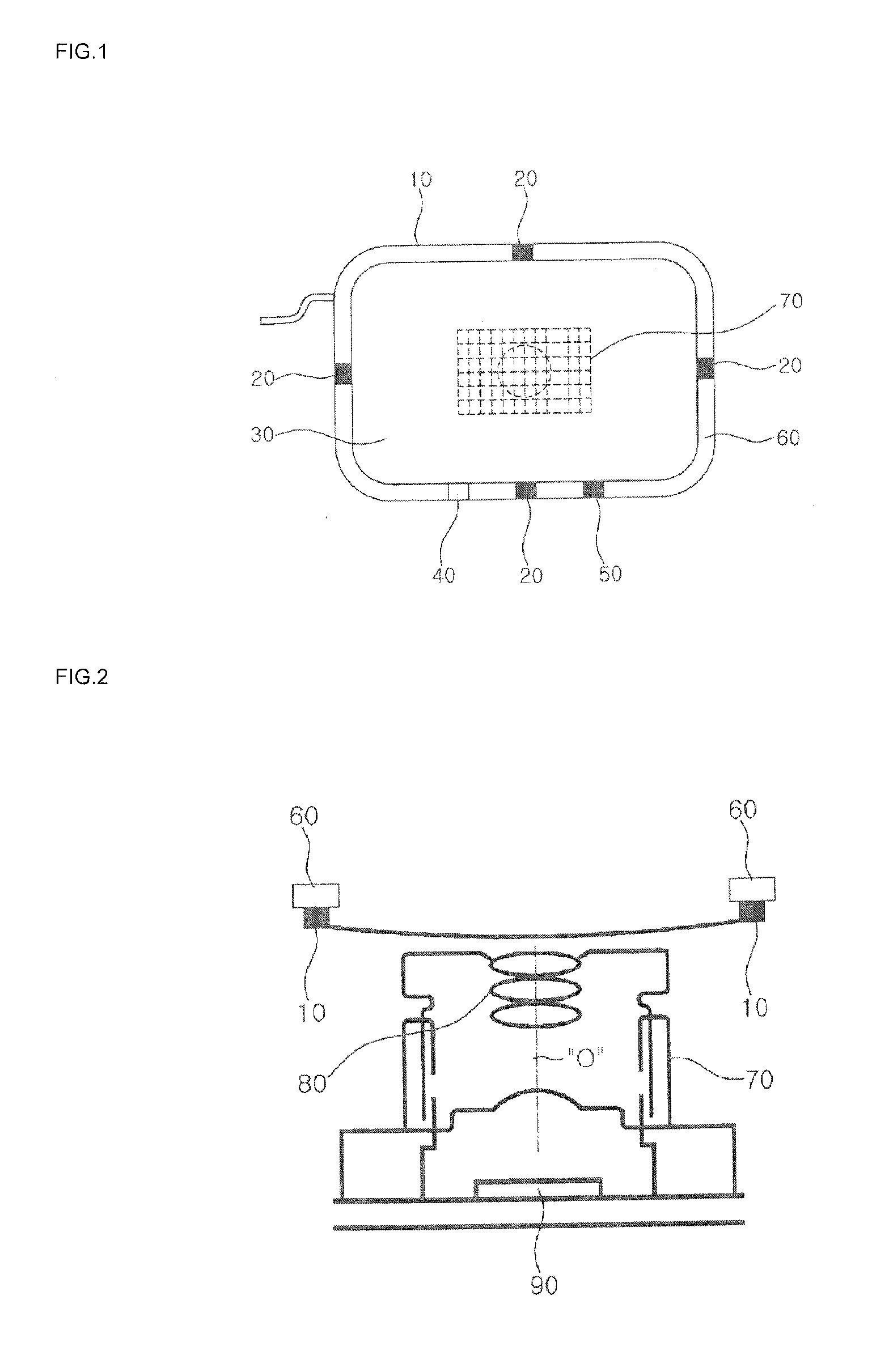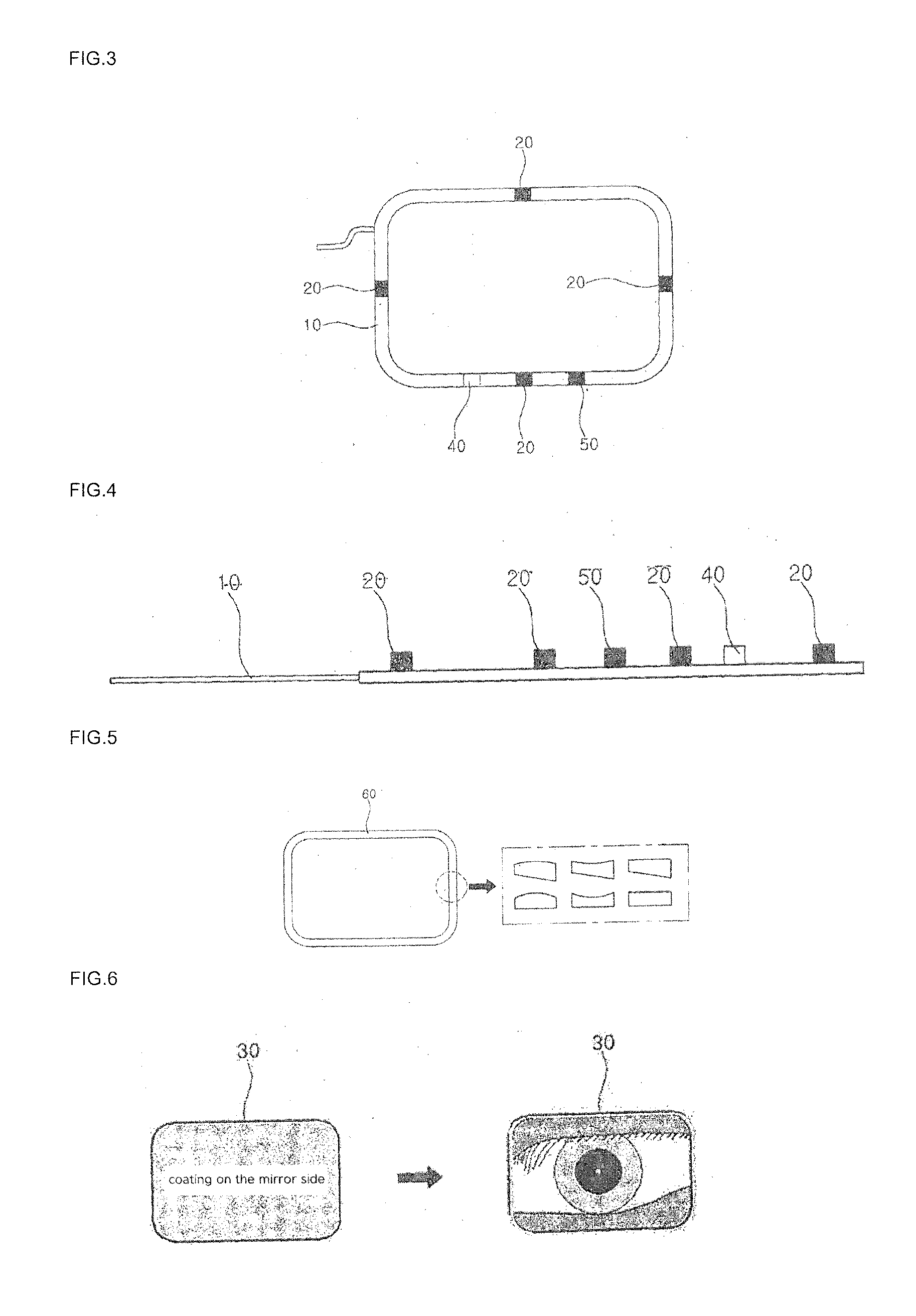Iris recognition camera system for mobile device
a technology of iris recognition and camera system, which is applied in the field of iris recognition camera system for mobile devices, can solve the problems of increasing power consumption and the number of lighting components, deteriorating uniformity of brightness, and security, so as to improve the uniformity of lighting brightness, reduce power consumption, and simplify the effect of structur
- Summary
- Abstract
- Description
- Claims
- Application Information
AI Technical Summary
Benefits of technology
Problems solved by technology
Method used
Image
Examples
Embodiment Construction
[0050]The key technological principle of the present invention is to enhance the uniformity of brightness in the vicinity of an iris then improve the iris recognition performance by equipping an IR LED light source element with an inclined surface in its upper and lower side or with an FPCB cover on which protrusions and depressions that diffuse or scatter light, to effectively prevent static electricity being discharged via an IR LED light source element into internal devices, to operate by identifying a real, biological eye and to minimize the size and volume of an iris image-acquiring camera by employing an elliptical mirror optimized as an iris-guiding mirror.
[0051]The present invention will now be described more specifically with reference to the following preferred embodiments, examples of which are illustrated in the accompanying drawings.
[0052]Any structure or size of a feature of the subject matter may be simplified unless it poses a problem for the description of the prese...
PUM
 Login to View More
Login to View More Abstract
Description
Claims
Application Information
 Login to View More
Login to View More - R&D
- Intellectual Property
- Life Sciences
- Materials
- Tech Scout
- Unparalleled Data Quality
- Higher Quality Content
- 60% Fewer Hallucinations
Browse by: Latest US Patents, China's latest patents, Technical Efficacy Thesaurus, Application Domain, Technology Topic, Popular Technical Reports.
© 2025 PatSnap. All rights reserved.Legal|Privacy policy|Modern Slavery Act Transparency Statement|Sitemap|About US| Contact US: help@patsnap.com



